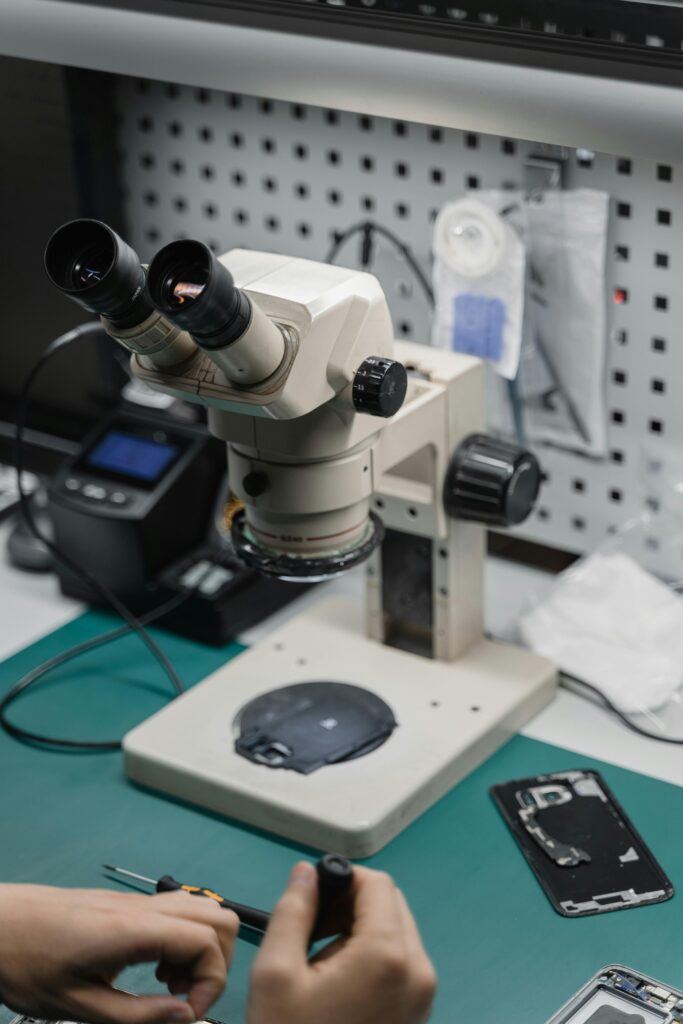A microscope is a device that perceives knickknacks. Are you curious to know what Scanning electron microscopy is? So, let’s study it. An SEM is a type of microscope that generates images through the use of electrons.
It involves the image formation of those objects that cannot be seen with the human naked eye. SEM can detect objects which even a light microscope cannot detect. It inspects the surface at high resolution. They are mostly used in medical and physical science fields.
Are you curious to know each and everything about SEM? So let’s go for a stroll about SEM.
The Working Phenomenon Of SEM
After a sample is obtained, SEM projects a beam of electrons on its surface. These electrons interact with the existing atoms in the sample. Different signals are produced in this interaction of electrons with atoms. The detectors gather the signals the sample releases. The detectors forward these signals to the computer systems. As the computer interprets these impulses, an image is created.
Elements of SEM
Main and absolutely necessary components of SEM are the electron column, electron source, sample chamber, detectors, and computer system. These components are used in an organized manner such as the electron source producing an electron beam which is directed towards the sample chamber using an electron column. The detectors then gather the signals produced by the sample chamber; subsequently, the computer system analyzes these signals and produces images.
How Sample Is Prepared In SEM?
In SEM, preparation of samples comes first that also in a SEM Lab. We cannot advance without a sample.
In SEM, the cleanliness and dryness of the sample are absolutely necessary to guarantee sample purification. After guaranteeing the cleanliness and purification of the sample, it is covered with a thin coating of conductive material such as gold or carbon, which helps improve the clarity of the image and also lowers electrostatic effects. Contaminated and deformed sample is avoided in SEM.
Functions of SEM
Mostly in industry and scientific research is SEM employed. Examining materials and making suitable changes in materials is most usually done in the semiconductor sector, geology, and archeology. In scientific research, it is applied in biology to examine the surface of cells, tissues, and organisms, in chemistry laboratories to ascertain the chemical composition of elements, etc.
Significance of SEM
Through the functions of Scanning electron microscopy, we can deeply understand the microscopic world. Advancement is seen in various fields worldwide just because of the significance of SEM, which helps in understanding the structure and composition of different materials.
Finally, Scanning electron microscopy is a useful instrument for thoroughly grasping the objects invisible to the human unaided vision. It produces suitable pictures of small objects so that scientists may quickly examine and name them. Its functioning phenomena is in chronological series, which aids in the clear image generation. Its several elements are quite important for the development of images. Many disciplines advance because SEM is so important. Thanks to SEM, people could examine the world at a nano-scale.
It is most commonly used in the semiconductor industry, geology, and archeology to examine materials and make appropriate improvements in materials. In scientific work, it is used in chemistry labs to determine the chemical composition of elements, in biology to analyze the surface of cells, tissues, and organisms,

